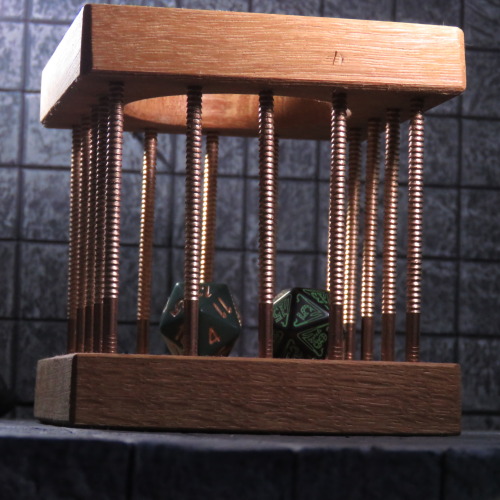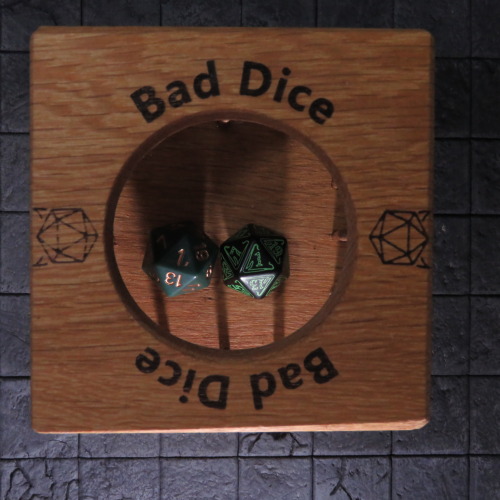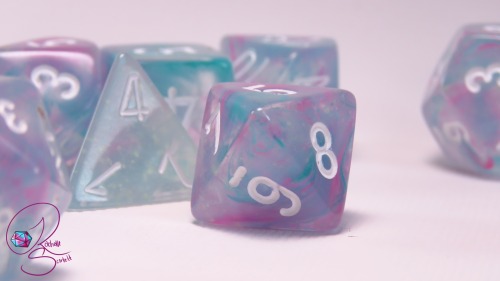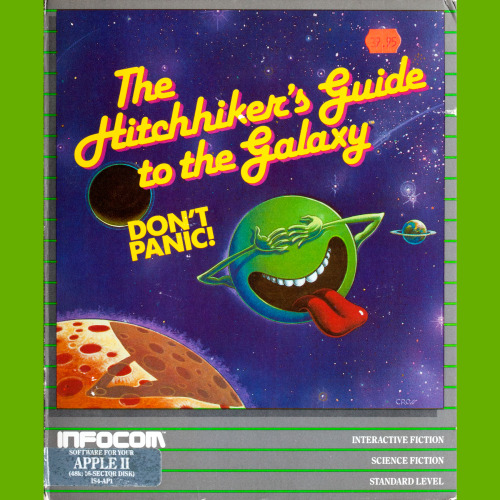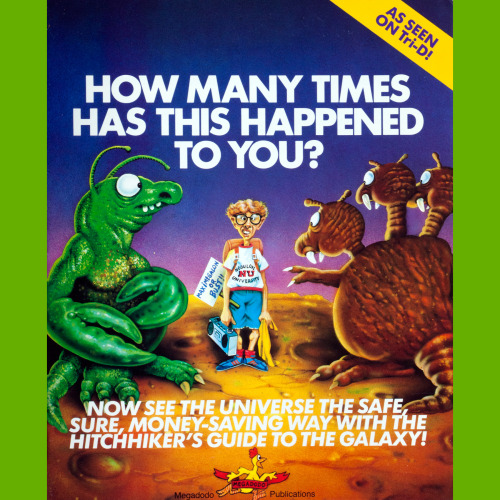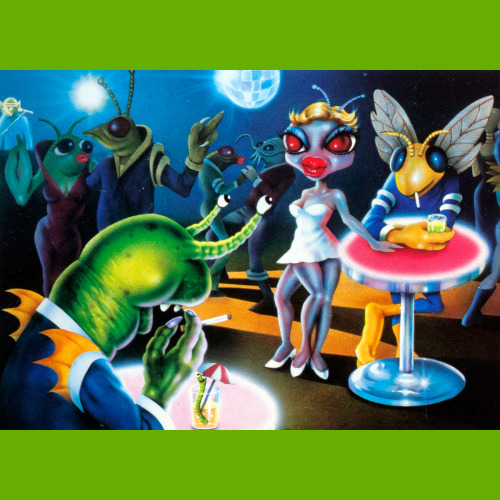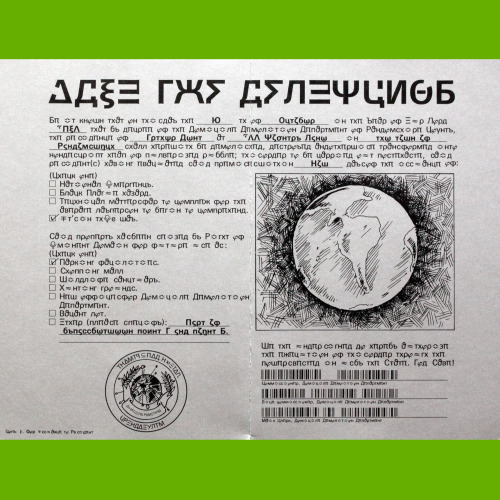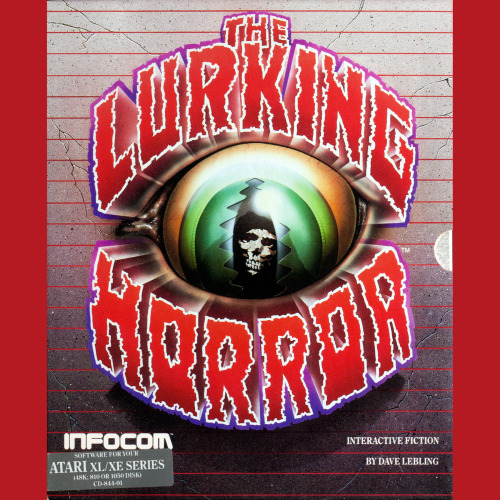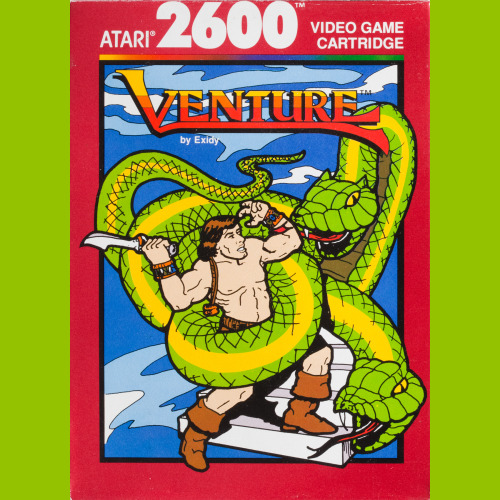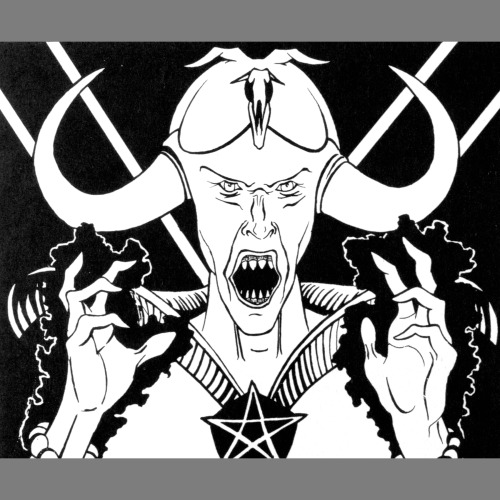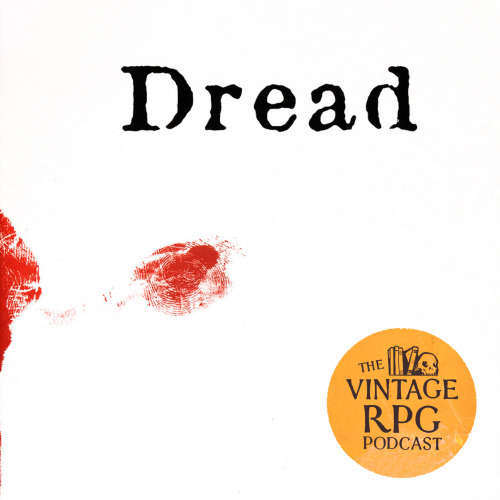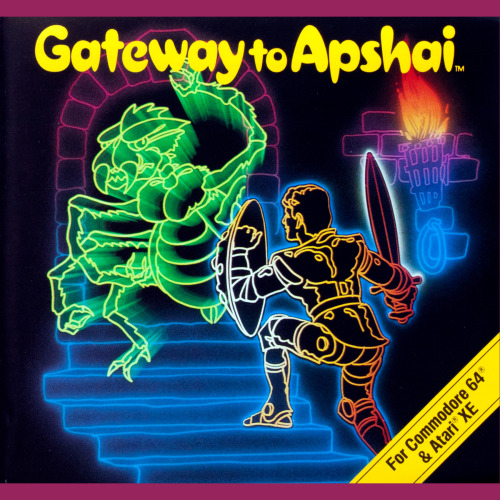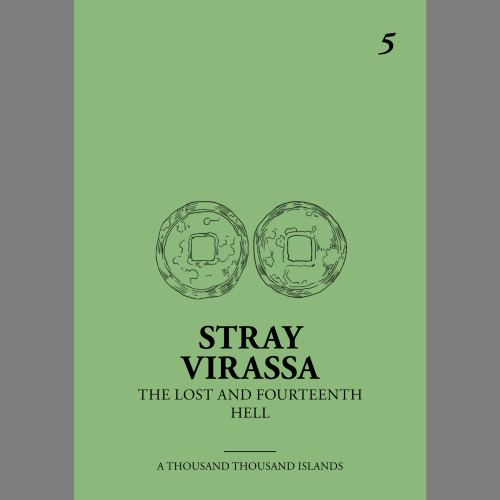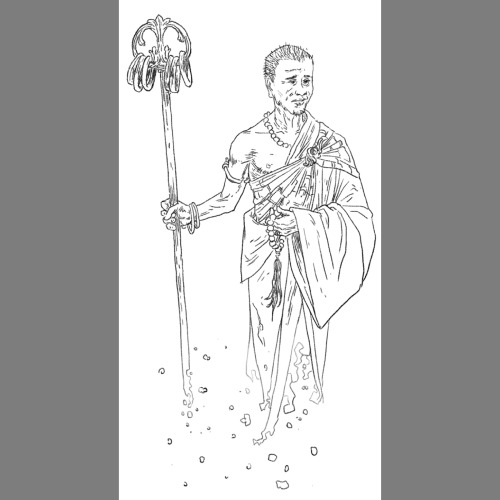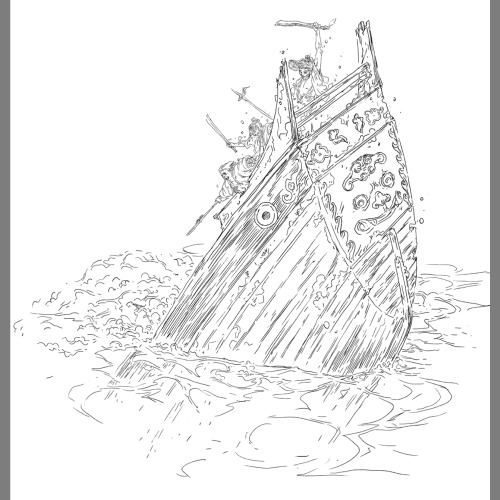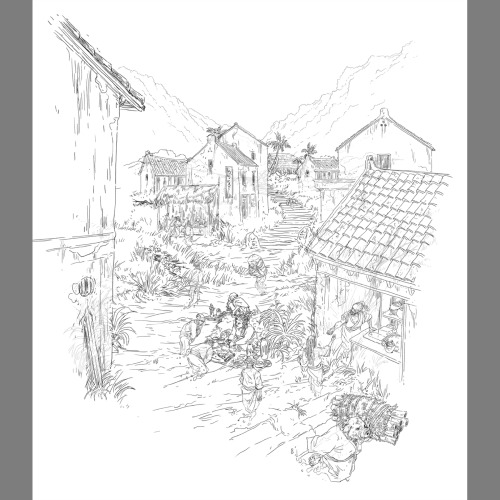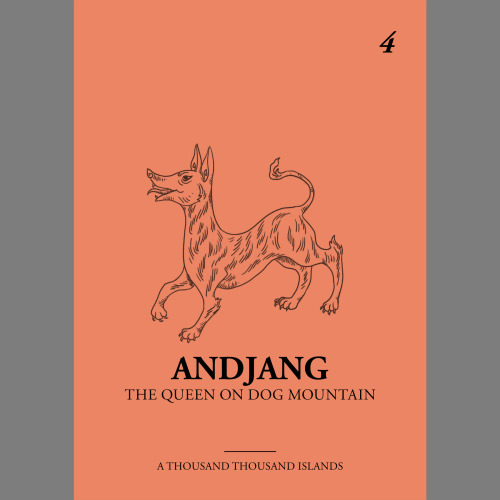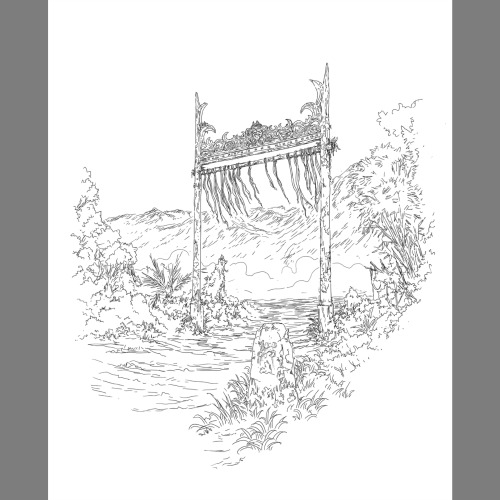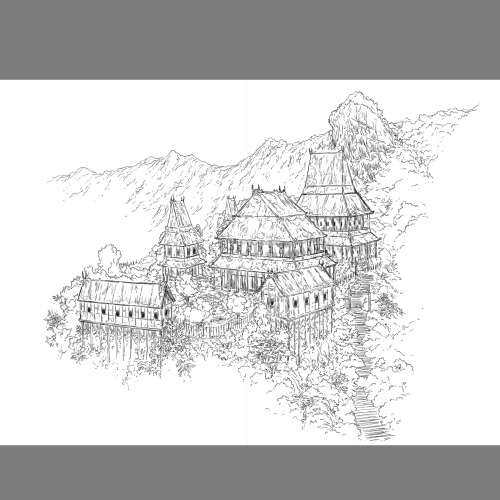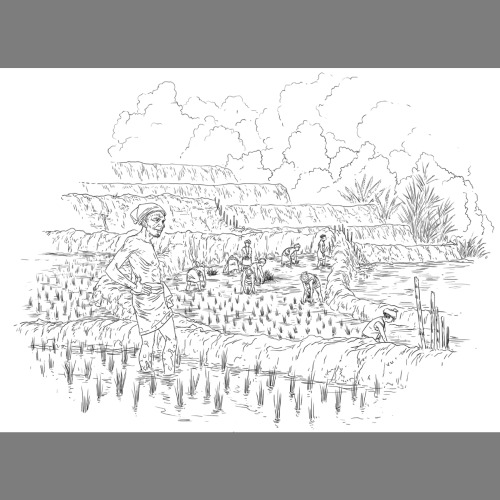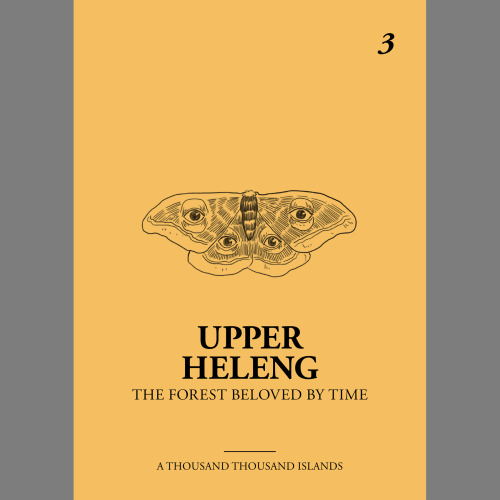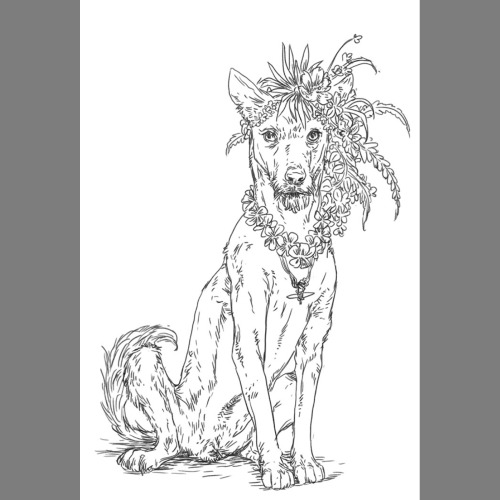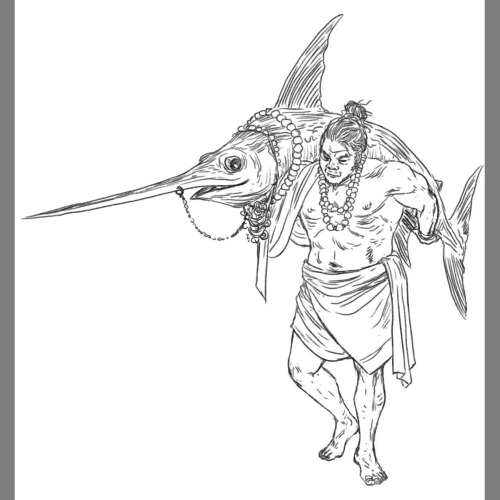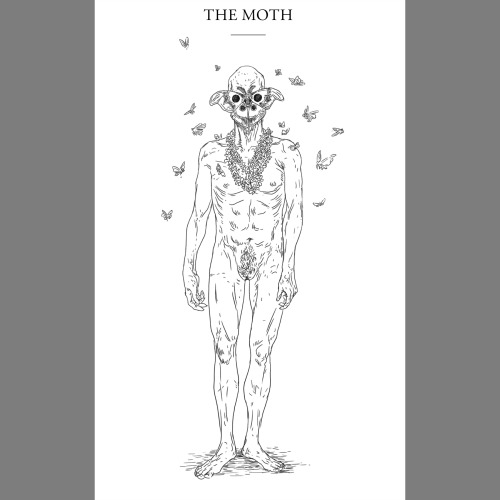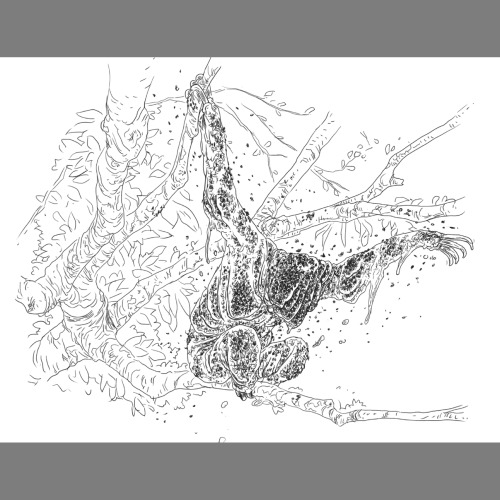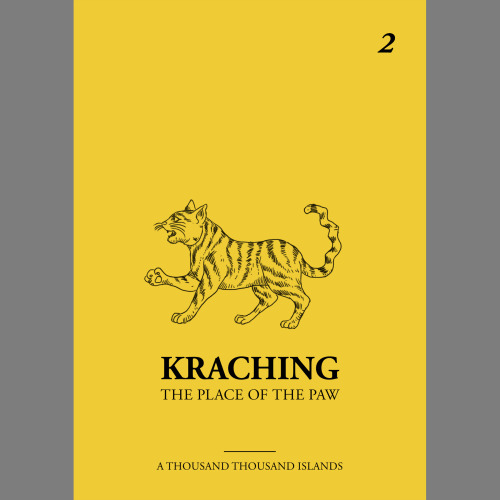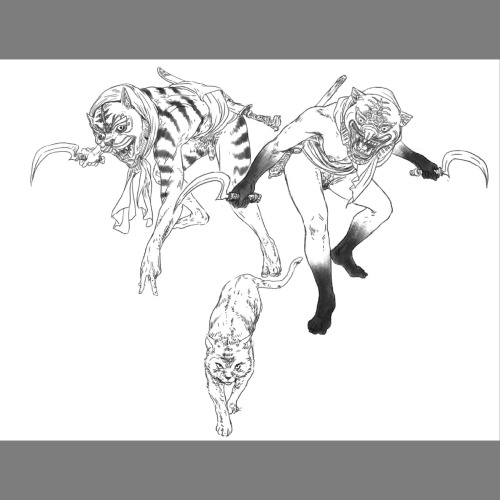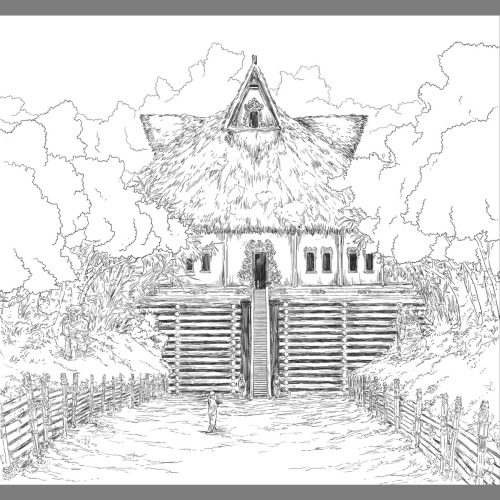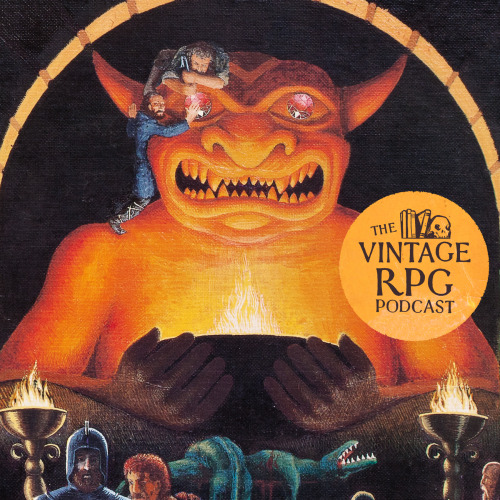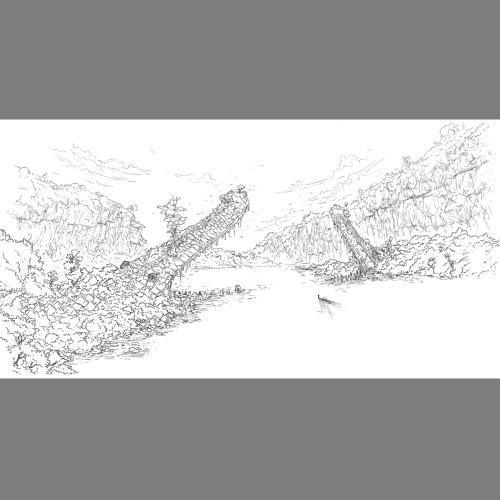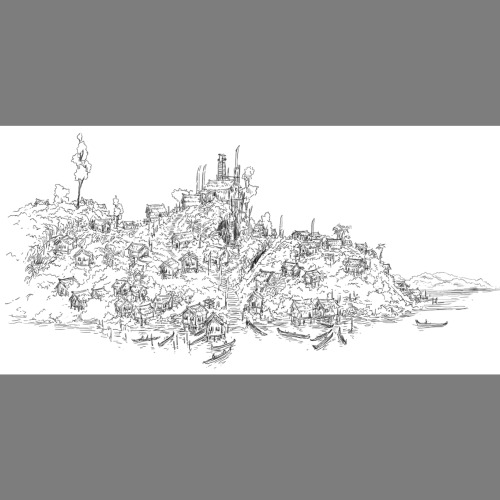#tabletop rpg
I’ve updated my commission board! If you have any questions, please let me know! I’ve got five slots remaining!







I wanted to see what my fighter Rhys would look like with short hair and it ended up turning into a colored piece. Whoops.



Boy, it sure has been a long time my friends.


Got some of the lab dice from my local game shop! I also got the heavy orange and copper matrix.






See im not dead after all! These dice might as well be, after all the ones they rolled last night.
Hello Friends! So I got this cute as hell dice jail from @waywardmasquerade! This thing is awesome (and quite effective). Your dice being naughty and rolling nat ones? Throw them in jail, show them their crimes are going to be punished.
My players loved using this while playing. I set it in the middle of the table and everyone could put their dice out to shame, it seemed to work pretty well and it was fun!
One of the other great things about these dice jails is that they are made from recycled timber, some of which is native to New Zealand!
You can pick one up for yourself or your players here on ETSY!
Post link
Chessex Lab Dice, Wisteria.
Look, I’m alive! I’m going to try and be on here more again. I have been busy with work and being sick.
Post link
While I often profess to not have a sense of humor, I have a real fondness for Douglas Adams’ Hitchhiker’s Guide to the Galaxy books. I find them quite funny! I got the paperbacks with the little round green guy at book fairs at my elementary school — I think I’d read through the first three by sixth grade. I got tapes of the BBC radio play around then and was pretty fixated on the franchise in 7th grade (I had a minor corrective surgery that year and the doctors were very perplexed by my 42-centric anesthesia ramblings). Around that time, someone passed along a floppy disk to me that had a Infocom’s Hitchhiker’s Guide to the Galaxy interactive fiction game (1984) on it. I set about playing it immediately. I found it maddeningly hard! I still do. I’ve never finished it. There were t-shirts made to specifically mock people like me. You can go to the BBC and bang your head against a web version of it if you like.
The difficulty didn’t impede the game’s popularity — it was one of Infocom’s biggest sellers and is warmly remembered today (the nice thing about text-based games is that they always look as good as they did on the day they released).
The feelies are kind of a mix of genius and eye-rolling, and I mean that in the most positive way. You have an empty plastic bag labeled “Microscopic Space Fleet” and opaque cardboard “peril sensitive” sunglasses and some pocket fluff (a cotton ball). There are also orders for the destruction of Arthur Dent’s house and the planet earth. The best one is the Don’t Panic pin. That one’s spent time on my various bags over the years, not gonna lie.
Post link
Out of old RPGs, so let’s move on to interactive fiction games. This is The Lurking Horror (1987), a rather late Infocom game (perhaps their last truly great one) and their only foray into horror. As the name implies, it is very much inspired by Lovecraft’s work.
The game is set at the fiction GUE Tech and begins with the player stomping through a snow storm to the computer lab to finish a term paper. A weird glitch in the file reveals something strange is going on at the school’s Department of Alchemy, something…supernatural! Because of the snowstorm, the university is pretty much deserted and impossible to navigate, forcing you to use the underground steam tunnels to get from building to building. This immediately sets the mood of isolation and helplessness. Dave Lebling’s prose effectively switches from the mundane to the horrific and back again. Lots of folks consider this one of the scariest videogames ever made for good reason.
It’s also pretty funny, as Infocom games tend to be. GUE Tech is a send-up of MIT, the university where the founders of Infocom, including Lebling, attended. In an amusing case of jokes coming full circle, practical jokers have at various time labeled various doors at MIT the Department of Alchemy.
Infocom’s games came with various props to further set the mood — “feelies.” This one is above average, containing a student ID, a campus guide book and, unpleasantly, a rubber centipede thing. The guide and the ID are advertised on the box. Not so much the centipede, making for a potentially unpleasant surprise. Have I mentioned how much I hate centipedes?
Post link
Venture was an arcade game by Exidy. It came out for arcades in 1981 but I know it primarily because it was a launch title for the ColecoVision in 1982, my first console. I think we got it a little later, because I just don’t think I was four, but memory is a weird thing.
Anyway, Venture! You play a little archer guy exploring rooms in a dungeon, killing the monsters that lurk within and stealing their treasures. Pretty standard dungeon experience. The music is pretty catchy and the monster designs are neat, though none of them really do anything interesting aside of jumping around in your way. EXCEPT the hallmonsters. They’re little green floaty octopus things that dance around the hallways. If they touch you, you die, just like any other monster. They’re harmless enough otherwise. In the hallways. But if you stay too long in a room (and it is possible — monster corpses linger and can still kill you, so you can easily get trapped), the music will change into a horrible pulsing noise as the nearest hallmonster appears and COMES THROUGH THE WALLS to get you. Scared the crap out of young Stu, lemme tell you. Nightmares! I still wince when I hear it.
But I love the game, an all time favorite, fast, easy to play, doesn’t ask a lot of the player. Shame we don’t know who designed it. This post has photos of both the ColecoVision version and the Atari. The Atari game is inferior but it has better box art.
Post link
The Keys of Acheron (1981) is the first expansion for Epyx’s Hellfire Warrior (which I posted about back in December).
It’s kind of interesting, because up to this point, all the DunjonQuest games were sort of the story of one character (I say sort of because you only get that info in the manual, not in the actual game). Keys switches it up — this time you are tasked to find four gems (one for each level) so you can defeat the evil demon Kronus (the illustration of whom, I believe, was done by the game’s designer, Paul Reiche III). The twist here is that Kronus is actually pursuing you through the levels (similar to the demon in the last level of Hellfire Warrior), which adds a new sense of urgency to the proceedings.
Like Hellfire Warrior, only two of the levels have room descriptions — the Abode of the Dragon and the Crystal Caves. The other two, the Temple in the Jungle and the Shadowland of Kronus are up to you to navigate without help. I kind of hate that. It made sense for the labyrinth and the hell plane in the first game, but I really would like descriptions for the temple in the jungle! Apparently, though, because the first game was designed to not have descriptions in the second and fourth levels, that had to be true of the expansions, because code or something. Programming, man! It’s for the birds!
Post link
Aaaand we’re back! This week on the Vintage RPG Podcast, we take a look at the horror storytelling game Dread and its unusual method of task resolution (hint: it involves a Jenga tower). And heck, let’s make it a double: we also discuss the storytelling game of doomed romance, Star Crossed, which also uses a Jenga tower!
https://www.vintagerpg.com/2022/05/dread/
Post link
I enjoyed doing the vintage videogame posts last year, so I am back with some more this week. First up, Gateway to Apshai (1983). I believe this is the last of the original DunjonQuest games (not counting the Temple of Apshai Trilogy remake) from Epyx. It is a sort of remix of the formula that aims to keep up with the new advances in console technology — this is on a floppy, but it was also available on a cartridge for home consoles. That means it is a more streamlined experience, since the game was going to played using a joystick of some sort (can you call the weird telephone that was the ColecoVision controller a joystick?). So the RPG elements are streamlined quite a bit to focus on the action and the game plays FAST.
Like, almost ridiculously so. There are eight levels. There are something like 7000 rooms in the game. But you’re timed, so if you last on any given level for five or so minutes, you automatically progress to the next level, until you get to level 8, which is endless. Its fine! But it lacks a lot of the stodgy charm of the previous games. I particularly miss the room descriptions. There isn’t a lot in this booklet.
I love the cover though. A lot of Epyx games use this Tron-esque neon styling for the cover art — probably most iconically in their edition of Rogue. More neon wireframe videogame art please.
Post link
I still haven’t quite wrapped my head around Stray Virassa (2020). It is an island. I can not decide from the text if the “stray” part is figurative — that the island is part of a chain, but sort of oddly or inconveniently placed — or if it is literal — that the island drifts here and there. And I think my confusion is intentional on Zedeck Siew’s part, the devil.
Making matters stranger, spirits of drowned dead of Mu think they must come to the island to linger, thinking it the Fourteenth Hell. Again, the text shrugs about whether this is true or not. It seems not, but then, the island has an unusual density of people with sorcerous talents, so perhaps there’s something to it.
We get to meet some of the sorcerers — a fortifications specialist and a fertility wizard. We also meet folks traveling to seek their advice. Two random tables are there to help you make the oddballs the players meet and I love them. There are also tables for the drowned ghosts. A fold-out insert is for dropping dice on to conjure distant memories of Mu. I like that a lot.
Post link
Andjang (2019) is a trek up a mountain to find a haunted palace and the horrible parasitic queen who rules there. All royalty are parasites, but in A Thousand Thousand Islands, its a little more literal.
This zine is feels the most like an adventure so far, though the edges of are still vague and dreamlike. There is something to do — go up the mountain — there are places to explore — the palace at the top for one — and plenty of people to meet — royalty, attendants, pilgrims. It’s still all open ended, but there’s a trajectory here, which is a bit of a shift from the previous volumes. This one has the most random tables, too — rumors, magic weapons, eldritch powers, strange travelers. Folks who are looking for something a bit more traditional might want to start here.
This is the, well, not the first notes of horror. Upper Heleng certainly has horrible things in it. But this is the first time ATTI seems to be actively trying to creep me out from the start to the finish. It works. Andjang is unpleasant.
Post link
Upper Heleng (2019) is a primal, seemingly sentient forest. Time and the Forest had children together. They are largely unpleasant — leeches that steal things besides blood, living gibbon-shaped beehives, a moth-faced man who can appear like the dead. They’re disturbing without being unpleasant, facets of an ecology that feels balanced even as most of it remains obscure.
There is a novel insert for traversing the forest, a large fold out with boxed text detailing different features. Toss dice, where they land charts the path. If the total of the dice is even, the way through is a waterway. If the total is divisible by three, there is a camp in one location. There are also profiles of characters the players might meet. Most are relatively normal. One is an itinerant swordfish lugged around by his friend, one of the strongest men alive — this is a key indicator of how weird some of the future NPCs are going to be.
I mentioned the poetic feel of the text. This zine has one of my favorite intrusions of modern language — cut down a tree at the edge of Upper Heleng and the “forest shuts like a refrigerator door.”
Post link
Kraching is a region where cats are holy and protective their secrets. There are many woodworkers, a cult of assassins that venerates cat claws and a treacherous plot or two. Cats always seem to be plotting something, even if most wind up being too lazy to enact their schemes.
I previously had some lines here that were watered down musings from the book, but they honestly need more space than I could fit here, so you’ll have to buy the book when it comes out. Instead, let me just stress that in a world where Tolkien and Joseph Campbell dominate the language of fantasy, A Thousand Thousand Islands stands as a sharp (and beautiful) rebuttal of the monomyth.
Post link
A Vintage RPG Podcast re-run? Yep, first time for everything. Sometimes you just gotta rest the brains. So have a Players Handbook! Originally aired to a whole different world, on December 23, 2019.
Post link
A Thousand Thousand Islands is a series of zines detailing a fantastical version of southeast Asia, particularly the islands of Malaysia, Indonesia and the Philippines. In the real world, these islands share in many social, cultural and folkloric traditions while each region or even each island retains their own distinctions. So too with A Thousand Thousand Islands. There are eight zines as of this writing (supplemented by two zines of artwork and a volume of essays and fiction examining supernatural creatures from Malaysian folklore), each unique but part of a greater whole.
Each volume details places of interest, notable people and goods worth seeking out. Mr-Kr-Gr (2017) here is a kingdom ruled by crocodiles where travelers may not spend the night. There are random tables — this has one for type of demon idols and one for identifying traits of crocodiles. If it weren’t for the tables, honestly, you’d hardly realize the zines are for RPGs at all. They read more like wistful travel journals rather than sourcebooks. In fact, this is one of the most beguiling features of the series: it is powerfully written and full of poetry. That’s something I don’t think I can say about any other RPG book — their prose is too often preoccupied with being either weird or useful. Here Siew weaves songs that often feel personal in addition to being useful to an RPG. All the while, artist Munkao gives the poetry weight and gravity through detailed landscapes and emotive portraits. You can get as lost in his illustrations as easily as you can in Siew’s words. Between the two of them, the result is a world that is beguiling. No matter how many volumes come out, I’m left feeling like I’ve only caught a glimpse and that there is so, so much more to see.
Post link
Dragon 43 (November, 1980). A pretty traditional witch on this cover, thick with leering, Richard Corben-style menace. The art is signed Mitchell (and credited as such in Art of Dragon) but inside the issue credit goes to Ray Cioni. No idea if that is a pen name or what.
Post link


